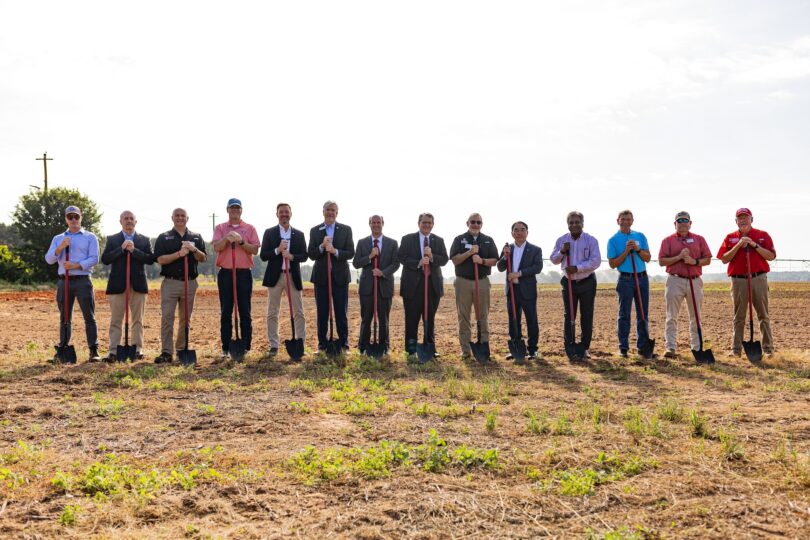By Pam Knox
University of Georgia
During the month, Atlanta received 7.13 inches (1.75 inch above normal), Athens 7.05 (2.06 inches above normal), Columbus 12.70 inches (6.95 inches above normal), Macon 7.78 inches (2.88 inches above normal), Savannah 2.84 inches (1.16 inches below normal), Alma 8.20 inches (3.40 inches above normal), Brunswick 3.61 inches (0.32 inches below normal) and Augusta 4.38 inches (0.23 inches below normal).
Georgia volunteer observers with the national Community Collaborative Rain, Hail and Snow Network reported that the largest one-day rain amount was 7.15 inches on March 29 in Miller County in southwest Georgia. Other observers in the region reported 6 inches on that date in Albany and Tifton.
Observers reported snow early in the month as a low pressure area moved through southern Georgia, bringing wintry conditions to the northern part of the state. A band of snow fell along a line from Columbus to Toccoa with the heaviest amounts, over 8 inches, falling northeast of Athens.
Several temperature records were tied during the month. Athens tied a record high of 84 degrees Fahrenheit on March 9. Savannah tied its record of 26 F on March 4 and 5.
Most NWS stations reported mean temperatures a half of a degree above normal for the month. Macon reported the highest above-normal departure at 1 F. Alma reported the lowest below-normal departure at 1.6 F.
Severe weather hit the state several times in March. On March 15, a weak tornado was reported near Putnam in Marion County.
On March 26 and 27, scattered fallen trees, small hail and building damage occurred while a stationary front was located over central Georgia.
On March 28, widespread severe weather occurred in southern and central Georgia. Weak tornadoes were seen in Miller and Dooly counties, along with hail up to 1.25 inches in diameter and scattered wind damage. Heavy rains contributed to local flooding.
Due to the heavy rainfall across most of Georgia, drought levels in many parts of the state were reduced or eliminated. The exceptions to this reduction were the Lake Lanier and Lake Hartwell watersheds and parts of southeastern Georgia, where rainfall in March was below normal.
For more weather information, go to the Web site http://climate.engr.uga.edu.






